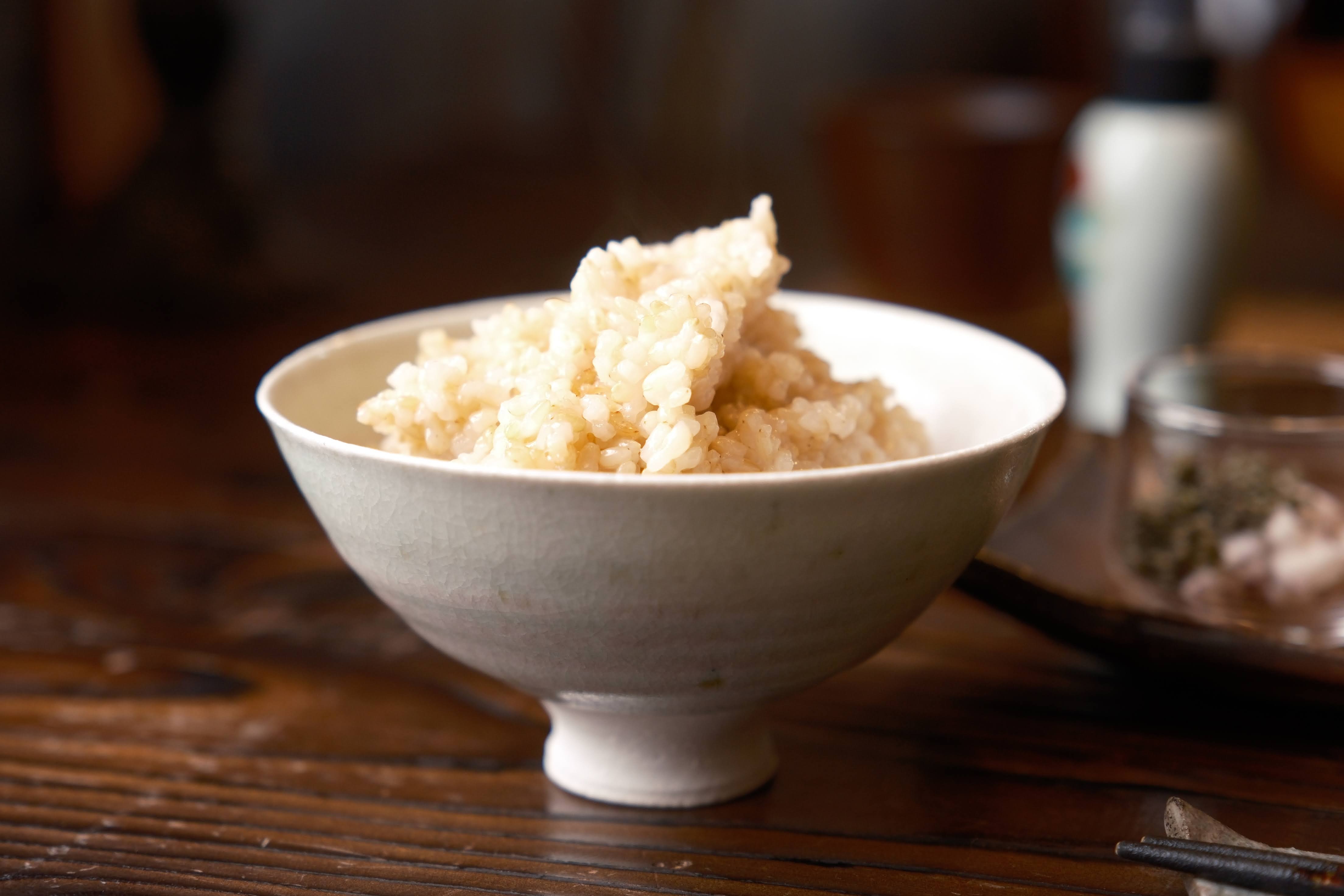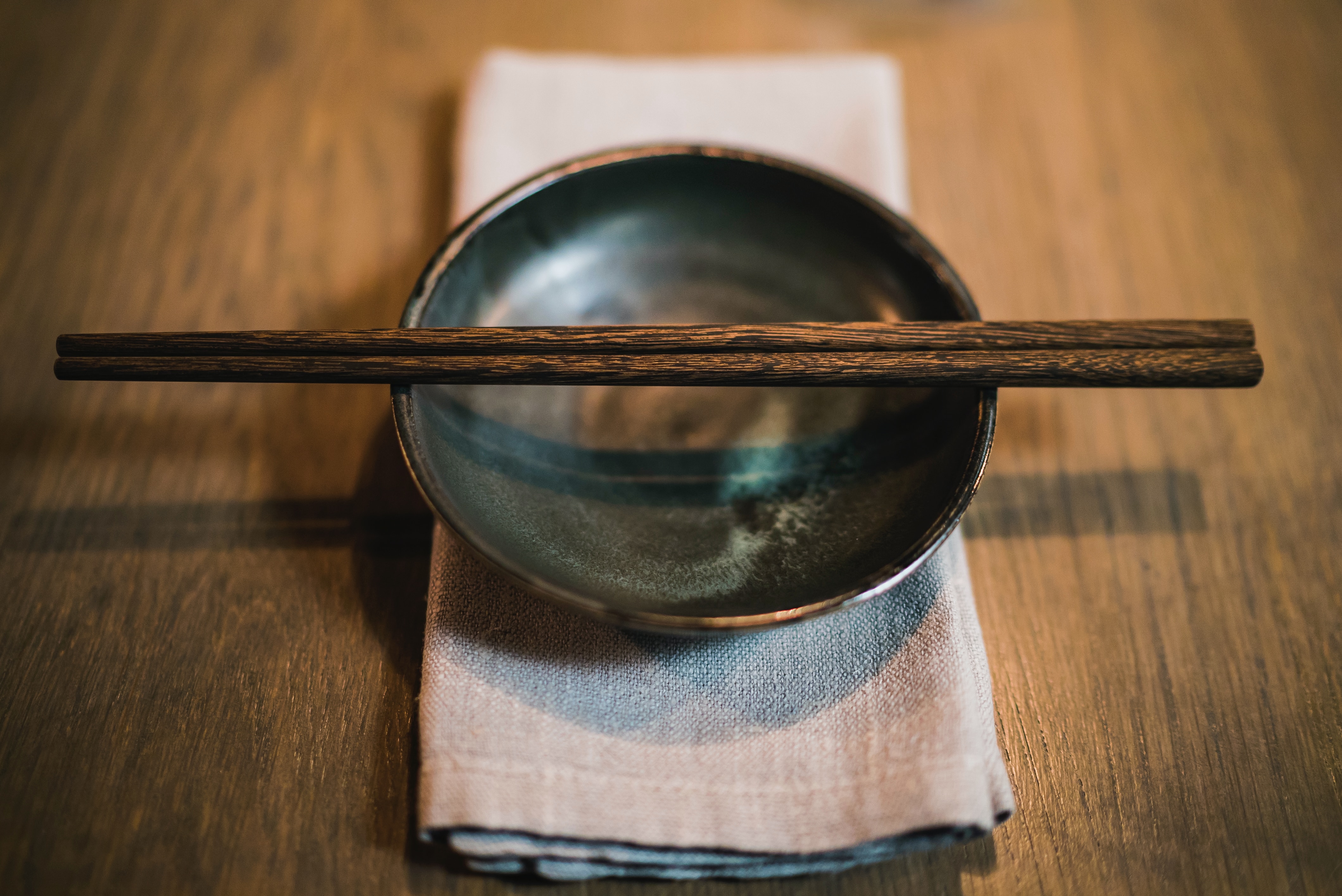Share This
Japan has no shortage of famous foods, from lunch and dinner options like sushi and ramen to delicate desserts like mochi or parfaits. Drinks like green tea, matcha, and hojicha are also well-known outside of Japan. In my four years there, however, I realized that Japanese breakfast foods are seriously underrated in the West. In honor of Asian American and Pacific Islander Heritage month, read on for three Japanese breakfasts centered around healthy, nutty brown rice.
The quintessential Japanese breakfast, the one that I ate at home, at hotels, at friends’ houses, and more, consists of fish, rice, pickles, and soup. The fish was usually salted salmon, known as shake, which is salty, oily, and slightly dry. This great source of healthy fats and proteins was always paired with a bowl of rice. For an authentic style, look for short-grain Japanese rice, which is stickier and chewier than longer-grained varieties. While pure white rice remains the most popular option in Japan, many of my health-concious friends there chose brown rice, especially mixed with other whole grains like barley or millet, for a more nutritious option. Small, tart pickles and a bowl of warming miso soup rounded out the meal.
The above spread may be perfect for a leisurely morning, but like everyone in the world, Japanese people don’t always have the time to cook breakfast from scratch. On those days, rice once again comes into play in the form of onigiri, a ball of rice surrounding a filling of choice, wrapped in nori for portability. Popular fillings for onigiri include salty-sour pickled plums (umeboshi), leftover shake, tuna fish, kombu, and more. The idea is to have a strongly-flavored center to give the surrounding rice some punch.
You can easily make onigiri at home with lightly-warmed leftover brown rice. With wet hands, scoop up a small handful of rice, place your filling in the middle, then top with more rice. Pass the resulting ball from hand to hand, gently packing it into a round or triangular shape. Wrap it with nori, and you have a portable, filling breakfast on the go. Pro tip: when using brown rice, I recommend wrapping the finished onigiri tightly in plastic wrap overnight, as brown rice tends to be a little crumblier than white, and there’s nothing sadder than your onigiri falling apart as you bite into it.
The last whole grain rice breakfast option has actually made some headway in the US: Tamago kake gohan, or TKG. This is another quick dish that, at its most basic, consists of a raw egg cracked into a bowl of rice and mixed quickly to produce a silky texture. In Japan all temperatures of rice are used, but if you’re concerned about raw egg, using steaming hot rice should cook the egg just enough. Pasteurized eggs are another safe option. Top with a drizzle of soy sauce, a sprinkle of sesame seeds or nori, and you can be tucking into breakfast in minutes.
Curious about the health benefits of brown rice? Want to learn more about the traditional Asian diet? Check out the following links for more. (Rebecca)
To have our Oldways Whole Grains Council blog posts (and more whole grain bonus content!) delivered to your inbox, sign up for our monthly email newsletter, called Just Ask for Whole Grains.



Comments
Add a Comment